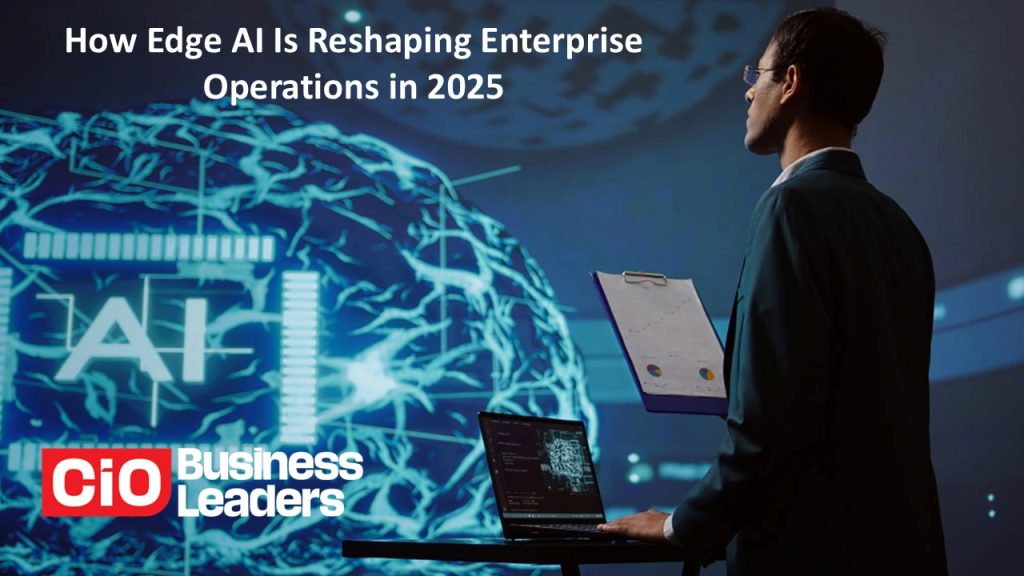In 2025, one of the most transformative technologies sweeping across the enterprise landscape is Edge AI — a blend of edge computing and artificial intelligence. As companies generate and rely on real-time data, traditional cloud-based solutions often fall short due to latency, bandwidth costs, and data privacy challenges. Edge AI solves this by processing data directly on devices or local servers, enabling faster insights and actions.
Why Enterprises Are Shifting to Edge AI
The integration of AI with edge computing allows organizations to execute machine learning algorithms locally, without the need to send all data to the cloud. This is crucial in industries such as manufacturing, healthcare, finance, and logistics, where real-time decisions can lead to increased efficiency, safety, and customer satisfaction.
For example, in smart manufacturing, Edge AI is used for predictive maintenance, quality inspection, and real-time monitoring of machinery. It reduces downtime and ensures optimal production.
Benefits of Edge AI for Enterprises
-
Lower Latency: Real-time decision-making with reduced dependence on cloud latency.
-
Cost Efficiency: Less bandwidth usage and reduced cloud storage costs.
-
Data Privacy & Security: Sensitive data stays on-site, improving compliance.
-
Scalability: More efficient for deploying AI models across multiple locations.
Top Use Cases in 2025
-
Retail: Personalized customer experiences using in-store analytics.
-
Healthcare: AI-enabled diagnostic tools and wearable monitoring devices.
-
Energy: Smart grid management and fault detection.
-
Transportation: Autonomous systems and smart traffic signals.
Challenges and Considerations
While the benefits are substantial, Edge AI deployment comes with challenges:
-
Managing distributed infrastructure
-
Ensuring hardware compatibility
-
Keeping firmware and AI models updated
The Future Outlook
According to analysts, the Edge AI market is projected to grow at a CAGR of 28% through 2030. Tech giants like NVIDIA, Intel, and Google are investing heavily in hardware and platforms tailored for edge processing.
In conclusion, Edge AI is not just a buzzword — it’s a fundamental shift in how enterprises will operate in a connected, data-driven world. Business leaders who embrace this shift early are likely to lead their industries in efficiency, innovation, and customer satisfaction.




